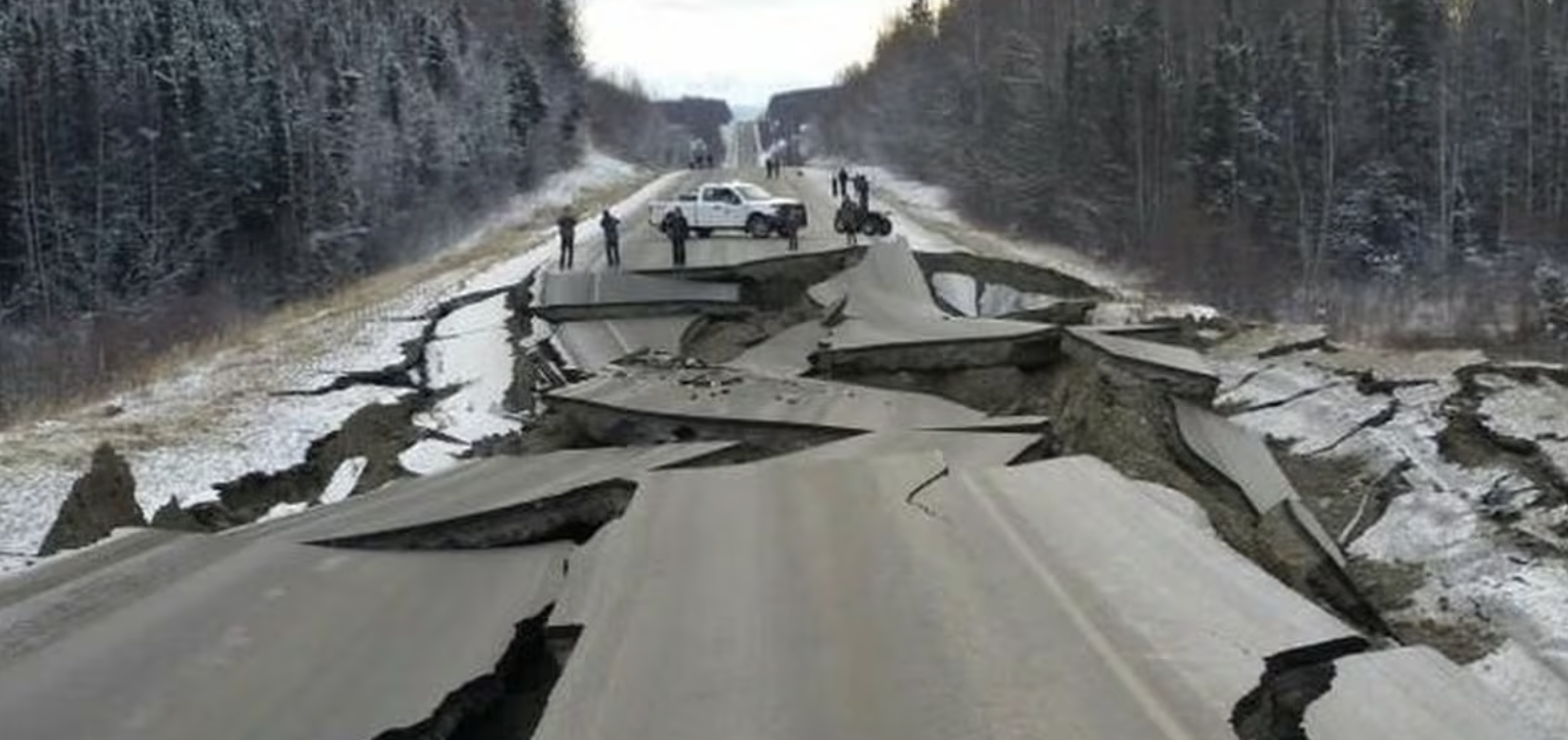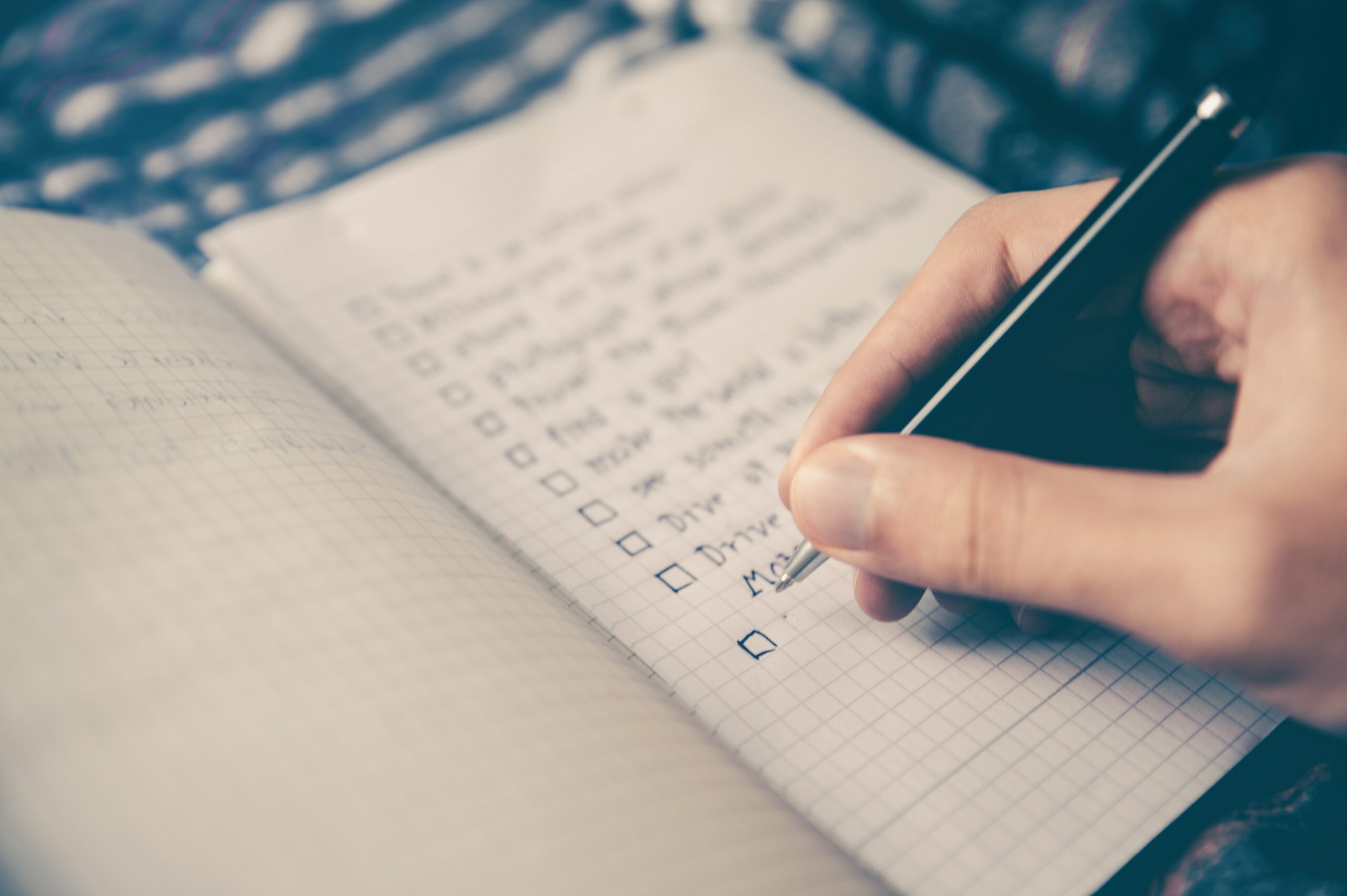Over the years, I’ve heard the topic of earthquakes and earthquake retrofitting and how much it costs and whether or not you should do it come up from time to time, so I figured it was time to write up a bloggity blog to shed a little light on the subject. So grab yourself a cup o’ something that brings you joy, relax and enjoy. *Bonus points if you can get your device to dictate this to you in Christopher Walken’s voice 😉
SO…HOW MUCH DOES IT COST
TL;DR = (a) roughly $500-725 if you follow my *DIY approach…but jump down to the bottom if (b) you want to get the cost of a more professional approach.
—————————————————————————
Longer version of (a) with a DISCLAIMER:
*This information is for fun and shouldn’t be relied on when making decisions on DIY’ing the earthquake retrofitting of your basement. Disclaimer aside, here we go…
BASICS: Assuming you’ve got 112 linear feet in your basement and given that the plates should be no further than 6′ apart = (112/6) = 18.6666666666666666667Since you can’t buy .6666666666666666667 of a plate, let’s call it 20 plates needed for this project.
“But Steve…” I hear you already thinking, “…shouldn’t it be 19 if we’re rounding up?“
No, but since you’re most likely gonna drop one of the plates behind a retaining wall and won’t be able to reach it, I’m trying to save you an unnecessary trip back to Home Depot.
According to Home Depot, the brackets themselves range from $22.00-24.43 x 20 plates = $440.00-488.60
You’re also going to need concrete screws. Assuming I got the correct screws here, it’s $29.97 for 75 screws.
Depending on which bracket you get, there are 5-7 screws needed per plate x 19 plates…
You again: “But Steve, I thought we needed 20 plates?“
Me: “No, you need 19 plates. The twentieth was extra. (pause) Are you done interrupting me?!?“
You: …
Me: “Okay, moving on…“
So for determining how many screws you’ll need, that’s 19 plates x 5-7 screws per plate = 95-133 screws. Either way, you’ll need two boxes of screws. Side note: assuming you don’t break any of the screws, this will leave you with 17-55 leftover screws, which you can put in the back corner of your garage with all the other boxes of leftover screws that, let’s be honest, you’re *never going to use!
*Unless you throw them away…then you’ll definitely need them next week for that project you’ve been wanting to do since before the pandemic and, honestly, should have done in the first three months of the pandemic, instead of worrying whether or not the world was going to end, but just never got around to because, once you got through the first wave of Covid fear, you started focusing all of your free time talking to your sourdough starter, binge watching Tiger King, beating yourself up because you left your mask at home and had to drive back to the house on the first several trips to the store, judging other people’s at-home offices while you, yourself, were wearing no pants to the company Zoom meeting, becoming a parent to a new house plant and…
ANYWAYS…The cost of two boxes of screws is $59.94
OPTIONAL: If you don’t already have a drill and a concrete drill bit, that’s gonna run you a little less than $100 for both the drill and the bits. Or you can borrow it from your neighbor, Todd. You know, the neighbor who has every tool available, a boat, a camper, always leaves his garage open and, somehow, no one ever steals anything from Todd. Yeah, that neighbor. You know Todd has been dying to have you over for a Coors Light to tell you all of the details of how Todd knew Bob Ross through a friend of a friend and the time Bob Ross gave Todd a private painting lesson. You’ll also need to accept the fact that Todd likes to speak in third person. It’s just what Todd does. Listen to his stories. Borrow his tools. Save money.
MISCELLANEOUS: You might need some washers or other random things I’m not thinking of, so let’s just add an extra $75 for any unexpected costs, which brings us to a grand total of…
TOTAL COST OF PARTS: $499.94-723.54 …with the option to save up to $175 depending on whether or not you need to dip into that $75 unexpected costs and whether or not you’re willing to ask your neighbor, Todd, to borrow those tools.
TOTAL COST OF LABOR: FREE (You got this!)
———————————————
(b) ALL JOKING ASIDE: If professionally earthquake retrofitting your home is something you have been thinking of doing, and you want to get an honest take on (a) whether or not it’s something you need to do and (b) how much it might cost, I highly, highly recommend reaching out to Foundations First NW – I recently spoke with Joe Smith, the owner, who said the average cost is $3,500-4,500 – they’re a good, solid, honest group of contractors who not only know what they’re doing, but they’ll also give you their honest opinion if retrofitting your home is NOT something you even need to do: 503-610-6268

